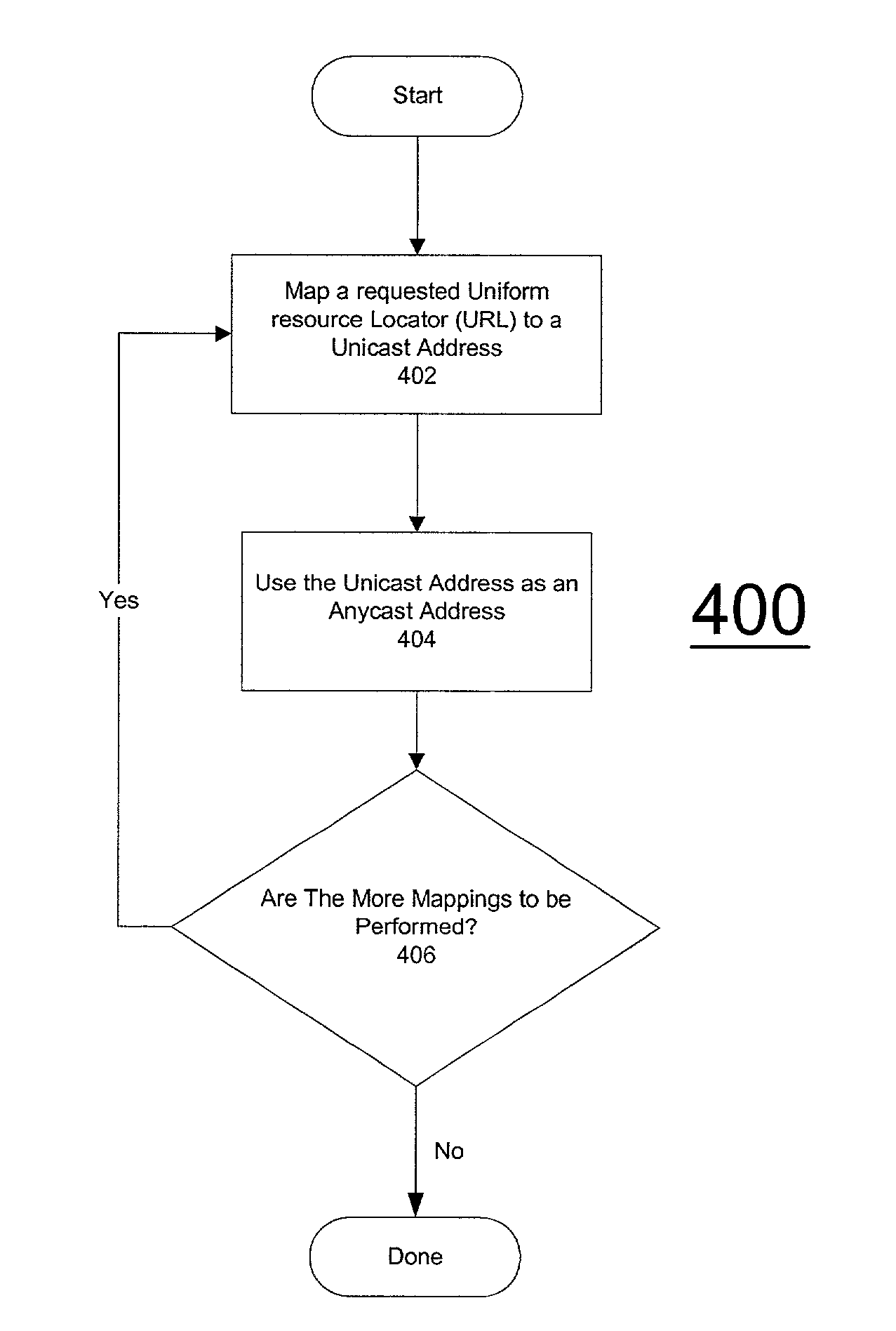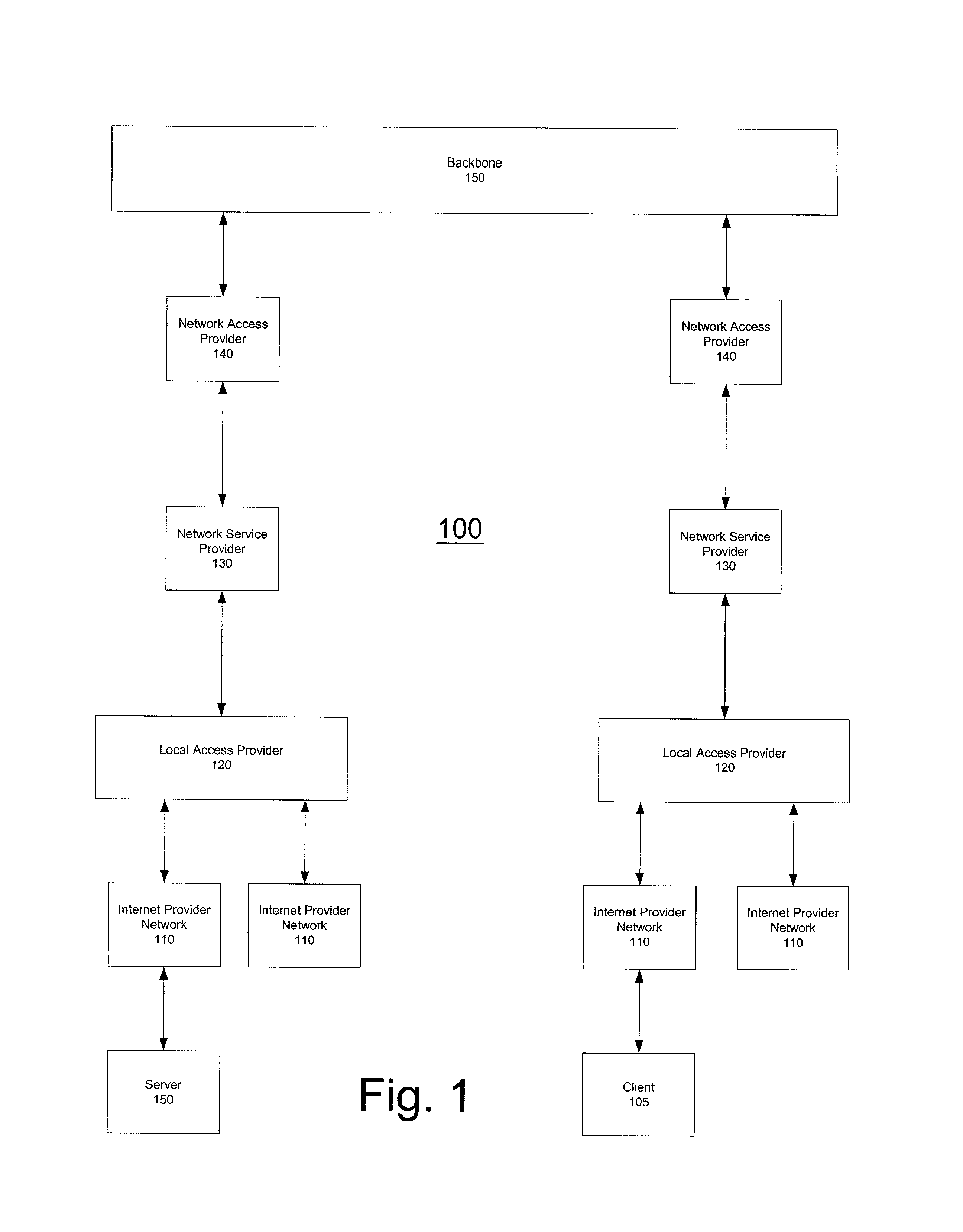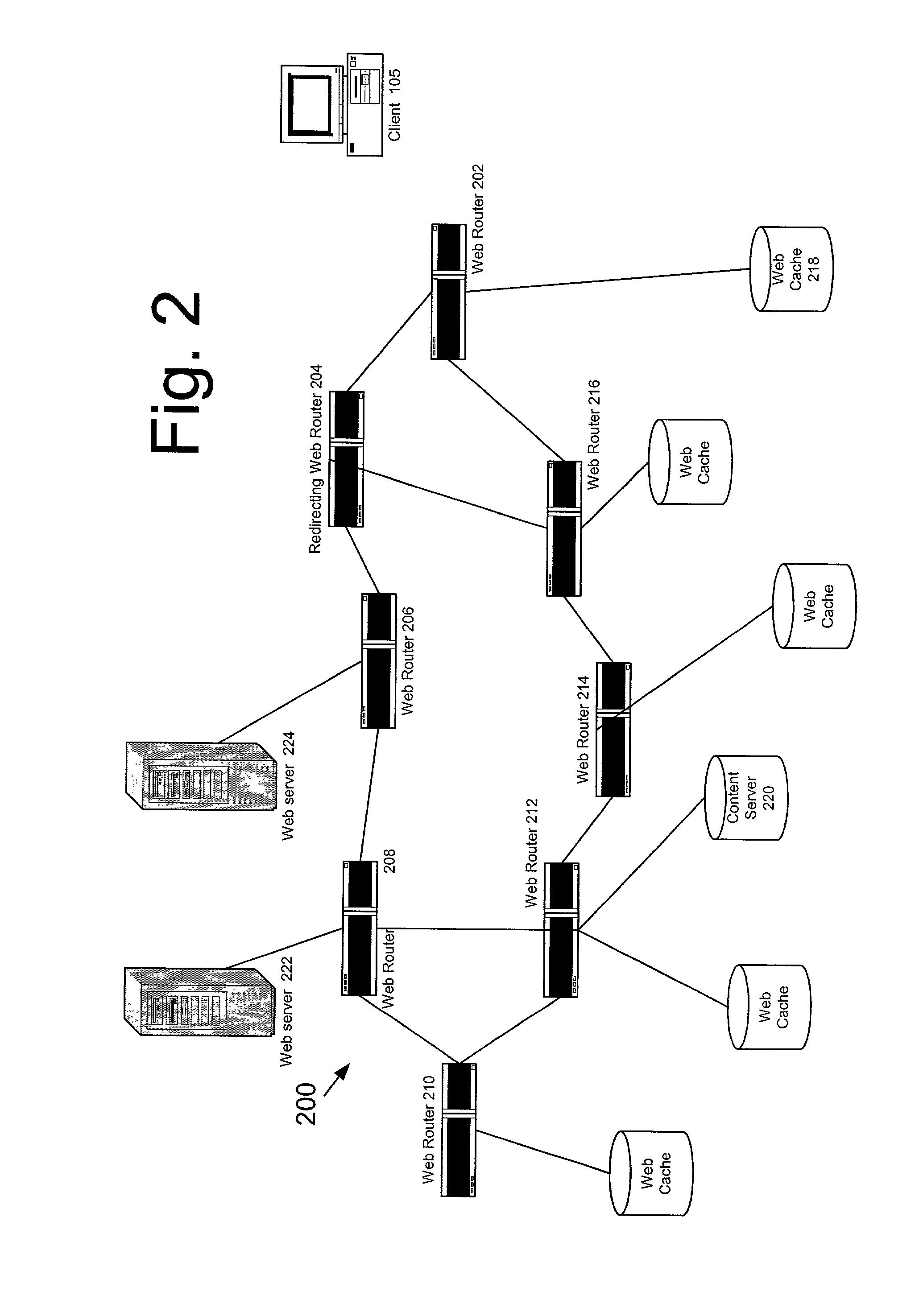More specifically, as the number of information objects that can be obtained through the Web increases, people find it more difficult to locate the specific information objects they need.
Furthermore, as the number of Web users and servers increase, the sites or servers that store the requested information objects may be very far from the users requesting the objects, which leads to long latencies in the access and delivery of information, or the servers storing the information objects may be overwhelmed with the number of requests for popular information objects.
While somewhat effective at lightening the load on Web servers and the network infrastructure, it quickly became clear that standalone caches presented a new dilemma: while the
hit rate experienced by a cache improves as the number of clients using the cache grows, so does the
cache server's load.
The effectiveness of web caches at reducing
server and network load was limited by the compute and I / O power of the cache servers.
While the power of these servers was growing, it was not growing as fast as the volume of
Web traffic.
Therefore it was clear that, while standalone Web caches might
delay the day of reckoning, they would not be able to eliminate it.
In the Harvest hierarchies, siblings and parents are configured manually in Web caches or proxies; this is very limiting and error prone, because reconfiguration must occur when a cache enters or leaves the
system.
A more general limitation of hierarchical Web caching based on static hierarchies is that the delays incurred in routing requests for information objects can become excessive in a large-scale
system, and the latency of retrieving the information object from the cache with a copy of the object can be long, because there is no correlation between the routing of the request to a given cache in the hierarchy and the
network delay from that cache to the requesting
client.
Furthermore, some Web caches may be overloaded with requests while others may be underutilized, even if they store the same objects.
This approach reduces the possibility of overloading Web caches as in the Harvest approach to hierarchical Web caching; however, delays are still incurred in the propagation of Requests from heavily loaded Web caches to their ancestors in the Web hierarchy.
Because caching is difficult to implement or add to existing Web browsers, the Cache
Resolver approach implements the hashing in DNS (Internet
Domain Name Service) servers modified to fit this purpose.
The remaining limitations with this approach stem from the continuing use of a hierarchy of Web caches and the need to implement a hashing function in either Web clients or DNS servers.
Routing a request through multiple Web Caches can incur substantial delays for clients to retrieve information objects that are not popular among other clients assigned to the same
Web cache by the hashing function.
Additional delays, even if small, are incurred at the DNS
server that has to provide the address of the
Web cache that the
client should access.
ons. The limitations of the global hosting
system are inherent to the fact that the approach is, in essence, a DNS-based load-balanced mirroring solu
In summary, while these hierarchies and hash-based solutions provide a significant improvement in effectiveness over their stand-alone predecessors, they give rise to the following new dilemma: while increasing cache hit rates, and, thereby increasing the
server and network load, these solutions tend to increase the request latency seen by a Web
client.
Unfortunately, this approach has several scaling and performance limitations.
First, requiring each
Web cache to know all the Web caches where each object in the area resides incurs a large overhead, which is akin to the overhead of a traditional topology-broadcast protocol for IP routing, with the added
disadvantage that the number of objects that can reside in an area can be much larger than the number of
IP address ranges maintained in backbone routers of
the Internet.
Second, because Web caches only know about the next hop towards a URL that does not reside in a region, a request for an object that lies outside the area of a Web cache may
traverse multiple Web-cache hops before reaching a Web cache in the area where an object is stored.
Third, it is difficult to modify Web caches in practice to implement the mechanisms needed for the forwarding of URL requests.
Furthermore, a Web cache with a copy of an object does not propagate a hint for the object.
The limitation with this approach is that a Web caching hierarchy must still be established, which needs to be done manually in the absence of an
automated method to establish the hierarchy, and the Web caching hierarchy must match the
locality of reference by clients to reduce control overhead.
The limitations of this
directory-based approach is that the
directory site(s) must receive information about all caches in the system.
As the number of subscribers of a document or information object increases, the
unicast approach becomes inefficient because of
processing overhead at servers and proxies and traffic overhead in the network.
The main shortcoming of this particular approach to push distribution are the following:(1) the portion of
the Internet where subscribers are must support
multicast routing distribution; and(2) a
multicast address and group must be used for each
Web document that is to be pushed to subscribers, which becomes difficult to manage as the number of documents to be pushed increases.
The limitations with this approach stem from the fact that it is not transparent to
end user sites.
The limitation of this approach is that, just as with topology-broadcast protocols used for routing in computer networks, the scheme incurs substantial overhead as the number of servers increases.
However, requiring each replica
router to receive the advertisements from every other replica server becomes impractical as the number of replica servers and replica routers increases.
This approach has similar performance and scaling limitations as the prior approaches summarized above based on hierarchies of Web caches, flooding of information among caches or servers, and forwarding of requests over multiple hops.
This approach has, therefore, similar performance and scaling limitations as the prior approaches summarized above based on flooding of information among caches or servers, and forwarding of requests over multiple hops.
 Login to View More
Login to View More  Login to View More
Login to View More 


